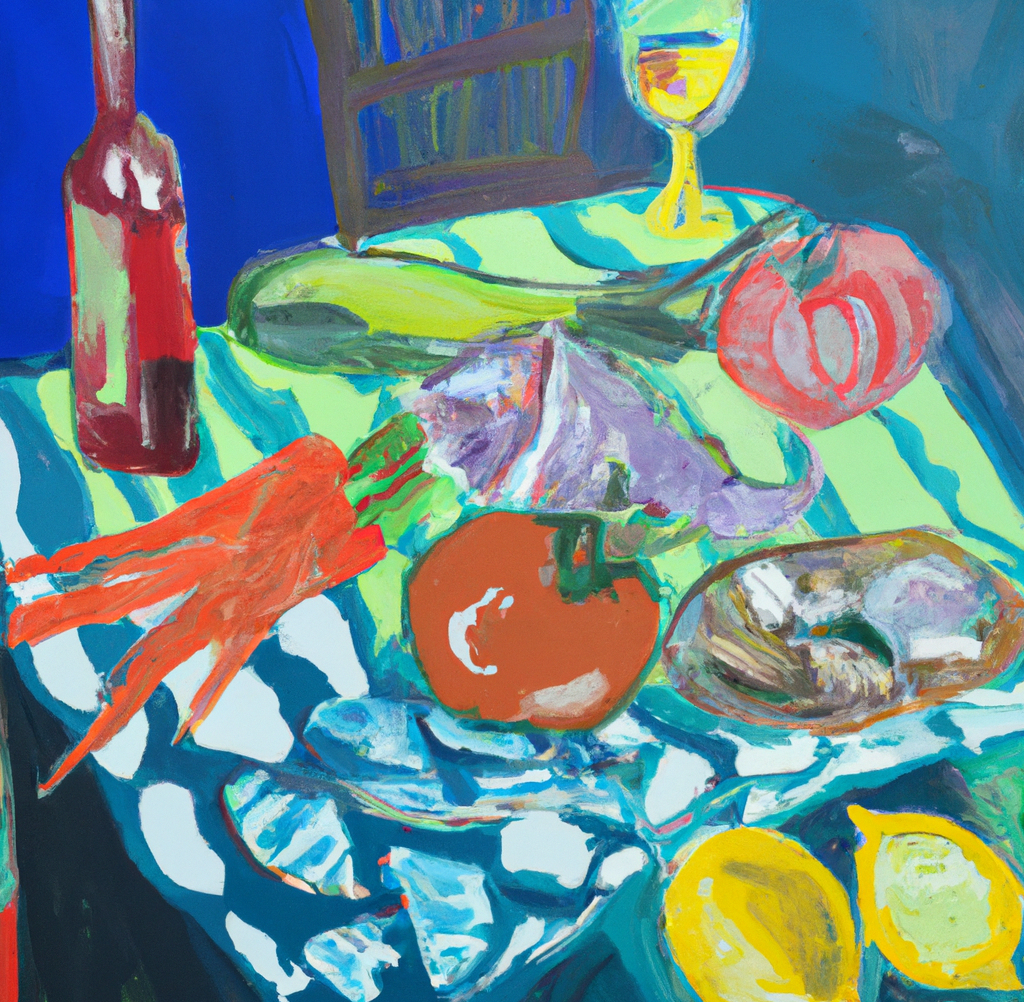Cooking Sustainably
From seaweed farming to foraging wild plants and exploring new varieties of deep-sea fish to relieve pressure on overexploited species, this discussion shed light on how our choices as consumers can impact the future of food.
“Haute Gastronomy is only the tip of the iceberg,” began Alain Ducasse, “millions of people eat out and for them to eat well, we need to change the way we offer them food. As chefs, we are responsible for movements in consumption, and it is up to us to use our influence to change it.” He added that “seaweed is one of the keys to eating better.”
Indeed, the virtues of edible seaweed are abundant, as Mauro Colagreco pointed out, “seaweeds are C4 plants, which capture more CO2. They have a great impact on the planet, along with the Amazon, they are the lungs of the Earth.” Indeed, seaweed is responsible for producing half of the oxygen we breathe.
As an added bonus, seaweed can regenerate more quickly than terrestrial crops, as explained by seaweed harvester, Jean-Marie Pédron, who shared: “In a harvest season, I can sustainably gather the same biomass three times because it regenerates so quickly.” Nevertheless, he does so responsibly, as he only collects 1/3 of the bunch, leaving one third for fish to eat and 1/3 so the plant can grow back, keeping it circular. Furthermore, he pointed out that seaweed is grown without fertilizer, herbicide or pesticide. Nevertheless, despite France’s 5,500km of coast, only 5% of the nation’s seaweed is eaten. “The Japanese are envious of our potential to grow seaweed along the Atlantic,” he said happily. Pédron also reminded the audience that in the 1950s, seaweed foraging was a common practice in France, but this culture has been lost.
Wild plant forager in Écouché-les-Vallées, Pierre-Édouard Robine – also an environmentalist and ornithologist – only collects wild plants, which he supplies to fine restaurants. He likens his approach to haute couture, where new local ingredients with completely new flavors and attributes enliven a recipe. “Gastronomy can evolve within a micro-region. Rather than brining exotic products from abroad, you can find extraordinary wild plants at home. Each person should be able to access this type of food,” he explained.
Both Ducasse and Colagreco echoed the importance of keeping consumption local. “In my restaurants, we use what we have locally. It is a movement that won’t stop,” stated Ducasse.
At Mirazur in Menton, Colagreco has a 3-hectare garden that dictates the rhythm of the kitchen. “While not everyone can grow their own produce, anyone can opt to work with quality artisan suppliers. We shape the world we live in by how we choose to eat,” he said. Mirazur also happens to be the first restaurant to be plastic-free, a feat which took years to achieve.
Closing the topic of responsible sourcing, Ducasse brough the discussion back to future generations: “We have 2,000 students in the world learning the art of French cuisine: to cook, source responsibly, reduce waste and respect the environment. Engaging these chefs of tomorrow is one of the ways we accelerate the movement.”

HIGHLIGHTS
- Chefs have the power to make sustainable gastronomy a reality.
- Seaweed is an underutilized resource that benefits the environment and can be cultivated sustainably.
- Foraging wild plants is a sustainable alternative to import and allows for the discovery of myriad flavorful options.